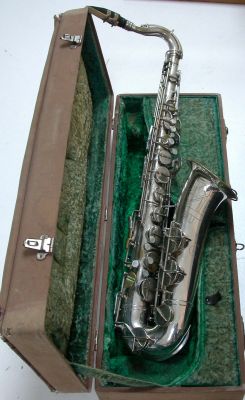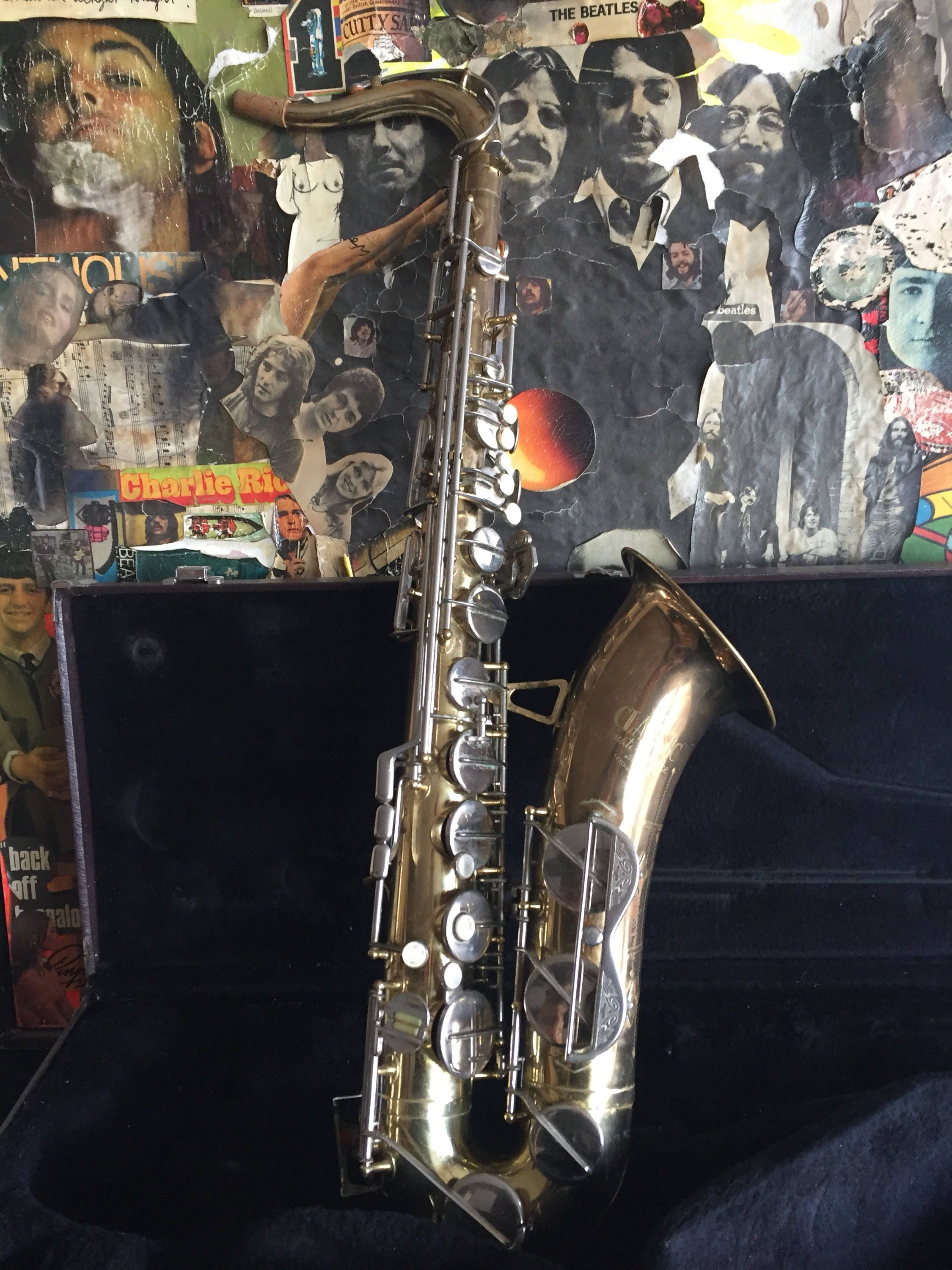

Meyr had recently been hired, and attempted to modernize production and model lineups, but the Czech craftsmen were uncooperative. Musica instruments in the early 1990s merely had "Made in Czech Republic" stamped on them in inconspicuous places, and by the mid-1990s Musica was completely a stencil brand - what little "production" at the Austrian office was clearly only stencilling now. In 1990, United Musical Instruments bought out Musica and apparently established "production" beyond assembly/finishing at the Austrian office, which apparently added up to hiring Czech craftsmen who were still dealing with Czech components. By the 1980s, though, Musica wasn't in good shape. Western NATO countries would have likely shirked at importing Musica products if they said Czechoslovakia, although after 1990 this wasn't as much of a big deal. Unlike some Amati stencils, these horns did not state their place of manufacture, possibly to make exporting the horns easier. By the 1950s or 60s, Musica products were mostly made by Amati in Czechoslovakia, and were merely stamped with "MUSICA / STEYR - AUSTRIA" on the bell, sometimes with a logo. This meant that trading with Eastern Bloc countries was not as difficult or straining as NATO countries trying to trade with Eastern Bloc states. Since Austria had signed the Austrian State Treaty in 1955, they were a neutral country with no formal alignment during the Cold War. Founded as Musica Trada in 1947 in Steyr, Austria, the early case badges proclaimed that they were made in Austria. Holton production was transferred to Eastlake starting in 2008 and finalizing in 2011, with 3 Holton trumpet models being manufactured.Īnother interesting brand was Musica. Existing stock remained until the Benge brand was removed from the Conn-Selmer website in 2012. Benge production apparently halted in 2005. The Eastlake Conn factory produced Conn, King, and Benge products, hence the CKB moniker for mouthpieces. Previously, Benges were made in California before the 1983 move. of Sweden, Conn brass production was transferred from Abilene, Texas to Eastlake, Ohio, where Benge production had been since 1983. With the King acquisition came the Benge brand, and when Daniel Henkin sold Conn to Skäne Gripen Co. Armstrong (in 1981) and King Musical Instruments (1983). In the post-Elkhart years, Conn acquired several companies like W.

Over the years, Conn owned many other instrument manufacturing companies, and in turn, brands.


 0 kommentar(er)
0 kommentar(er)
